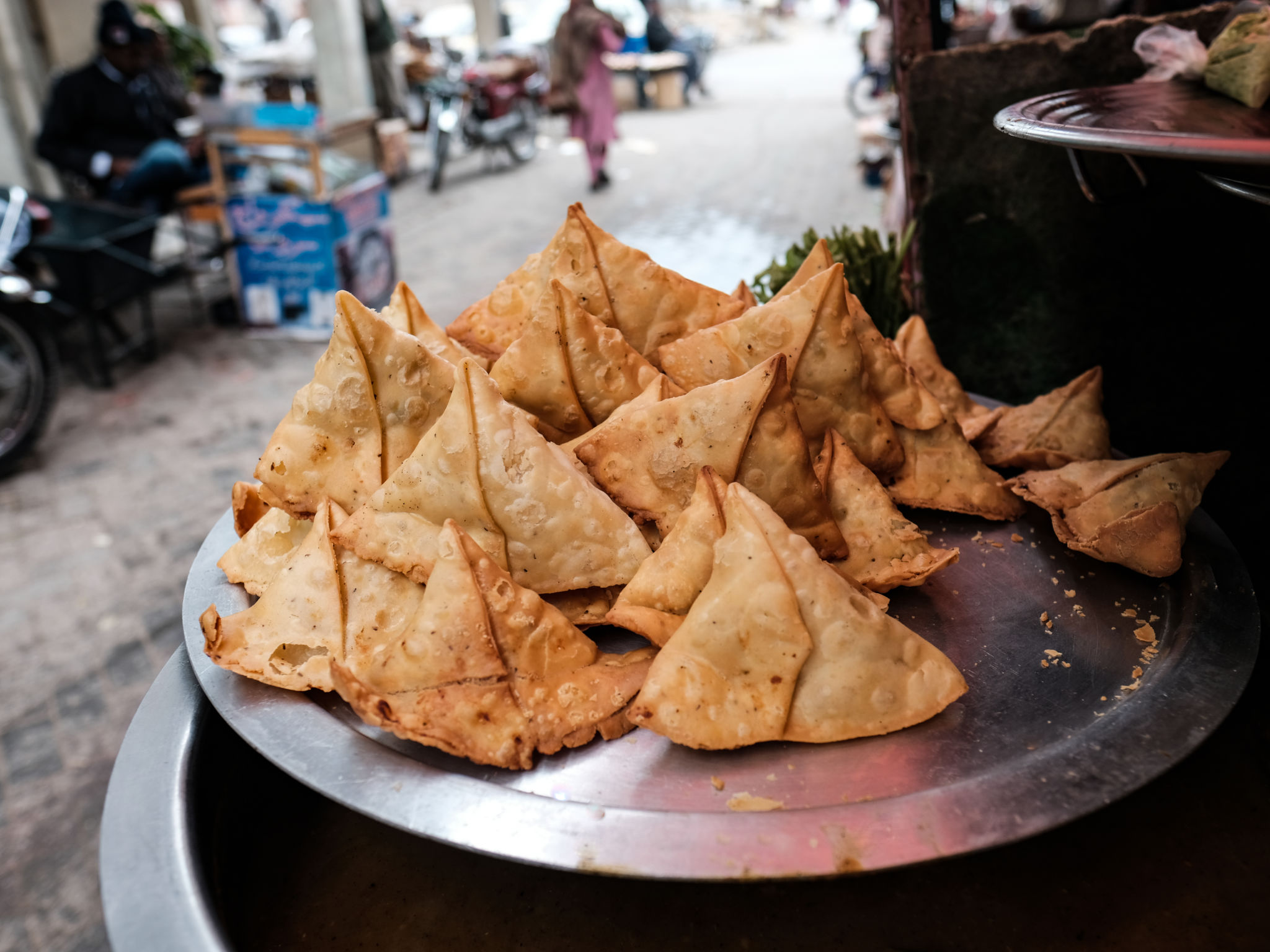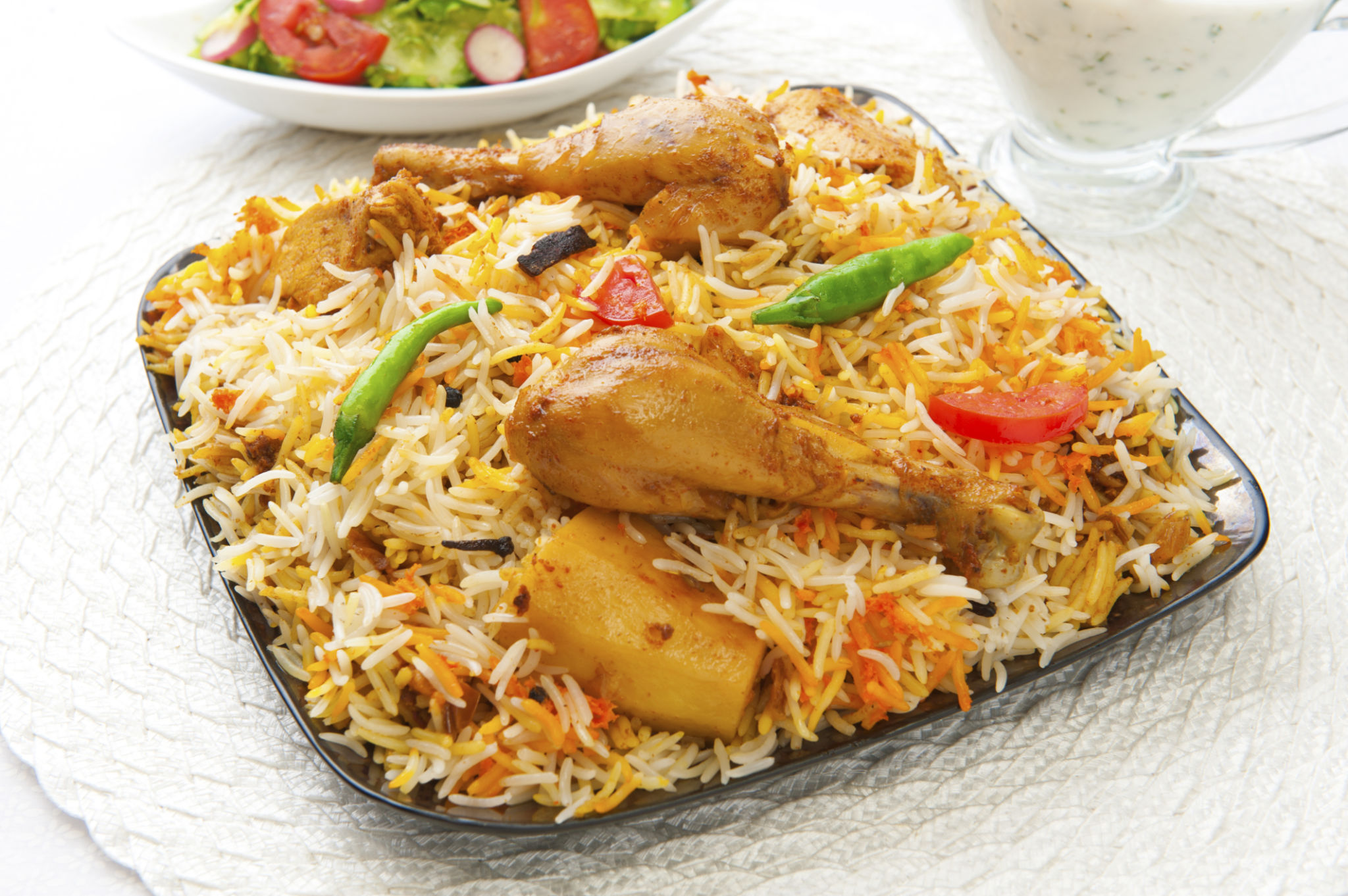Comparing Traditional vs. Oil-Free Pakistani Cuisine: What’s the Difference?
Understanding Traditional Pakistani Cuisine
Pakistani cuisine is renowned for its rich flavors and diverse ingredients, often characterized by its liberal use of oils and spices. Traditional cooking methods commonly involve frying, which contributes to the sumptuous taste and aromatic appeal of dishes like biryani, karahi, and nihari. These meals are typically cooked in ghee or vegetable oil, which enhances the overall richness and depth of flavor.
The use of oil in traditional Pakistani cooking not only adds flavor but also aids in the proper blending of spices. Spices such as cumin, coriander, turmeric, and garam masala are essential to creating the complex flavor profiles that define these dishes. For many, these ingredients and methods are integral to the cultural and culinary identity of Pakistan.

The Rise of Oil-Free Cooking
As health consciousness grows globally, there is an increasing interest in oil-free cooking methods. Pakistani cuisine is no exception to this trend. Oil-free cooking aims to reduce the calorie intake from fat while maintaining the traditional flavors and authenticity of the dishes. This approach often involves using alternative cooking techniques such as steaming, grilling, or baking.
Oil-free versions of classic dishes are becoming more popular among health-conscious individuals who wish to enjoy their favorite foods without compromising on taste. For example, oil-free biryani might use yogurt and herbs to infuse flavor without relying on oil. Similarly, air-fried samosas provide the crispness and texture of deep-fried snacks with significantly less fat.
Health Benefits of Oil-Free Pakistani Cuisine
Choosing oil-free cooking methods can offer numerous health benefits. By reducing the amount of oil used in preparation, there is a significant decrease in calorie intake, which can aid in weight management. Additionally, less oil consumption can lower the risk of heart disease, high cholesterol, and other weight-related health issues.

Oil-free cooking also allows for the retention of more nutrients found in vegetables and lean meats. When cooked in minimal oil or water-based methods, ingredients maintain their natural flavors and nutritional content better than when fried or heavily sautéed.
Maintaining Flavor Without Oil
One challenge with oil-free cooking is maintaining the robust flavors that Pakistani cuisine is known for. However, with the right techniques and ingredients, it is possible to achieve satisfying results. Here are some tips:
- Spice blends: Use freshly ground spices to enhance flavors without relying on oil.
- Herbs: Fresh herbs like mint, cilantro, and parsley can add freshness and depth.
- Acids: Ingredients like lemon juice or vinegar can add brightness and complexity.

Conclusion: Tradition vs. Modern Health Trends
In comparing traditional and oil-free Pakistani cuisine, it is evident that both have their unique appeal. Traditional methods offer rich flavors that are deeply embedded in cultural practices, while oil-free options cater to modern health trends without sacrificing taste. Whether you prefer the authenticity of traditional dishes or the health benefits of their oil-free counterparts, both styles celebrate the vibrant culinary heritage of Pakistan.
Ultimately, the choice between traditional and oil-free cooking depends on personal preferences and dietary goals. By exploring both methods, individuals can enjoy a diverse range of flavors and experiences that Pakistani cuisine has to offer.
